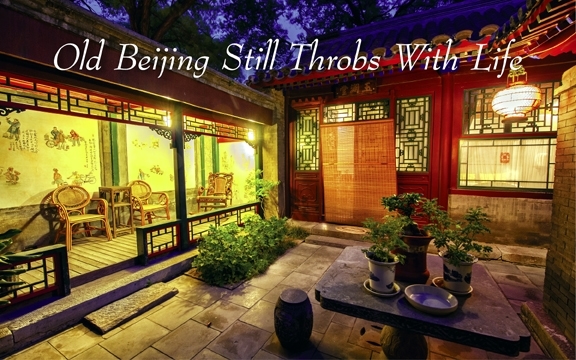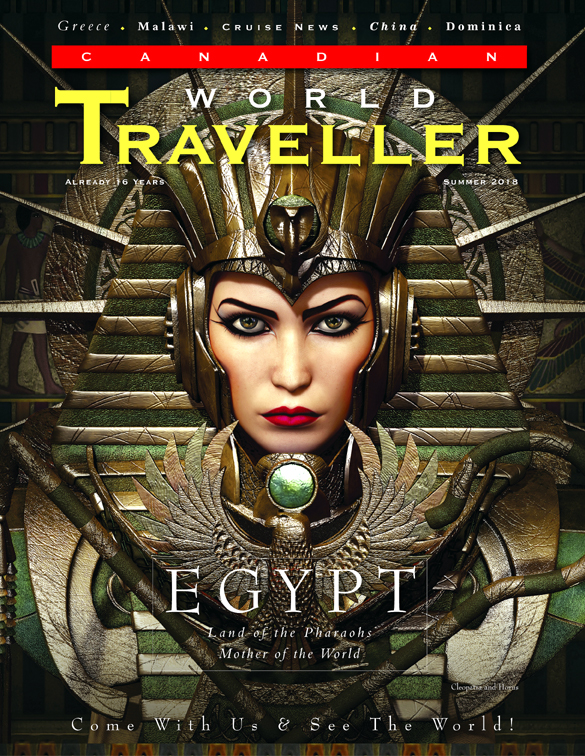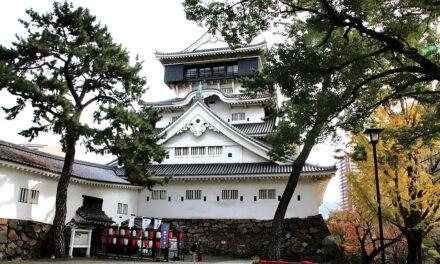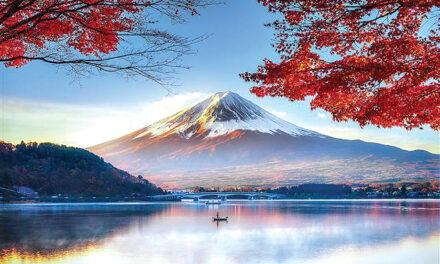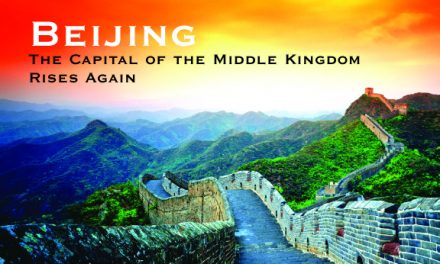China
Old Beijing Still Throbs With Life
by Habeeb Salloum
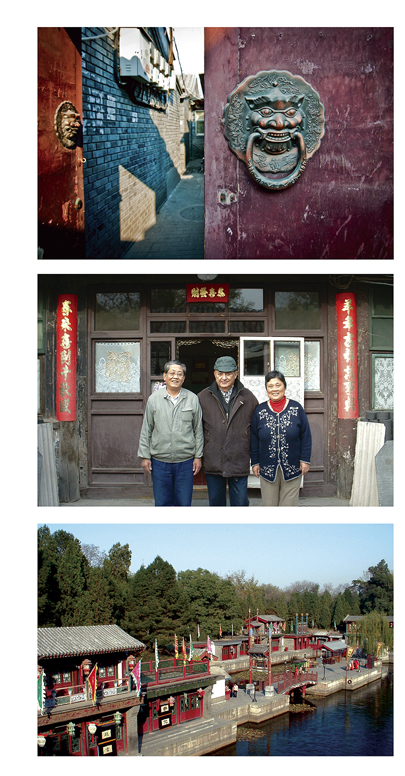
“Does Old Beijing still exist?” I thought to myself as our taxi sped between towering skyscrapers on the way to our hotel. The efficient and modern spic and span Beijing Airport through which we had just passed, the wide impressive roadways and the modern skyscrapers all around us indicated a 21st century city with no signs of the past. “Has history disappeared in this city?”, I asked my Chinese acquaintance as the taxi stopped to let us off at the door of an ultra-modern five-star hotel. “It’s still here – just hidden away by this mass of newly-erected structures. You cannot erase history! Just visit our Hutongs!” He assured me.
In the days to come, I found that, as my acquaintance had indicated, Old Beijing was still thriving and well. The historic pagodas, palaces and old courtyard-style homes are still there, but tightly encircled by the cement and steel world of our modern age.
A great deal of the country’s history is also preserved in the 200 museums that dot this huge metropolis. City officials are making sure that the rich heritage of China will not be demolished and forgotten. The government, in its renovation of historic landmarks and development of the museums, is ensuring that the past will be kept alive as the city expands.
Beijing is fast galloping into the 21st century and its days of bicycle traffic have been replaced by streams of all types of autos; old pavilions and pagoda spires are dwarfed by sky-reaching edifices; the age-old imperial cuisine of the city is being offered along side the MacDonald’s and Kentucy Fried Chicken assembly line foods; old people swap tales over tea while their children spend their time on the internet; traditional Chinese music competes with funk and techno-pop.
Yet, amid this unstoppable transformation, there still remain many remnants from the past. Besides the royal monuments, religious structures and mausoleums, old Beijing’s history continues in the Hutongs (a Mongolian name meaning narrow alleyways) with their 1 million inhabitants – a reminder of Old Beijing when it was ruled by Mongolian emperors (1280 to 1368 A.D.).
To explore this part of the city, I joined with a group of eight travellers, accompanied by a guide, for a tour by foot and rickshaw of a part of the Xuanw District of the Hutong area – once a part of the Outer City of Old Beijing.
Riding two to a bicycle-powered rickshaw, we were soon being peddled through the narrow streets of the Hutongs. Some of the pleasure of the tour was taken away every time that I looked at the young man peddling our rickshaw. I would think of the men who, in the past, would pull these rickshaws and trot like beasts of burden through the streets. I felt sorry for our bicycle man who, for a few dollars a day peddled, mostly foreigners, through the Hutongs.
I turned to my fellow rickshaw passenger, “Don’t you think that we are no better than the affluent Chinese or the colonial officials who rode like this and thought of the rickshaw men as no better than horses?” He grinned, “It beats walking!”
Our rickshaws made their way to the home of Mr. Wong, one of the Hutong’s residents. The tour officials had arranged for our group to dine on a traditional home cooked meal at his home. Now, as we sat around a table relishing a fine lunch that was prepared by Mr. Wong’s mother, Madam Zhang, I felt happy and content – we were dining on authentic Chinese food.
Every one of the dozen dishes that Madam Zhang served, ending with a divine dish of dumplings, were, as the saying goes, ‘finger-licking good’. For me, her home cooking easily put restaurant food to shame. Gracious and generous, always filling the dishes after they emptied, our hosts truly made us feel that we were their guests.
Back in the rickshaws and well sated, we were again on our way. Every few minutes, the rickshaw would stop and our guide would explain something about the lives of those who lived in the Hutongs. He explained that about 10% of the homes in the district were privately owned and the remainder rented from the government at very reasonable rates.
Our first stroll was to see a home some two to three hundred years old. The portal of the house, according to our guide, when first built would have been at least a foot above street level. Now, after the street had been paved over and over again through the centuries, it was at least two feet below street level and, hence, is usually flooded during any heavy rain. “Imagine the housewife’s agony of cleaning up after every rain storm. I wouldn’t want to be in her shoes!” One of the ladies in our group remarked as we continued our rickshaw journey.
The next stop was a treat. Before entering the home of Mr. Ien and his wife Madam Zung, a retired school teacher, our guide described the old Hutongs’ homes, like the one that we were entering.
The living quarters of the courtyard-houses in the Hutongs, like the traditional homes in Asia, the Middle East, North Africa and Spain, are built around a courtyard and could usually house two to three families. There were no toilets inside the houses, but there was a communal outhouse for all the families outside the home. It was a way of life from the past with some modern modifications.
He emphasized that in the bygone ages the families living in a home were often relatives, but today, the rooms were usually rented to strangers. “Would that not make easy to have affairs?” A young man in our group smilingly asked. The guide grinned, “Perhaps!”
Inside their home, we discussed with our gracious hosts the advantages and drawbacks of living in the Hutongs. They both stated that they loved to live in their home that the family had owned for many generations. To them, family ties and friendships were important – not the material wealth of the modern city. In the words of Madam Zung, “We love our home and we also love to have guests from other countries. This is why we invite tourists like yourselves to our home.”
After leaving the pleasant abode of our wonderful hosts, the rickshaws took us back to our waiting bus. As I sat back, I reminisced about the many families still living in these ancient homes without many of the modern amenities. The modern world had encircled them, yet they seemed content. Old Beijing still was a living city.
www.tourismchina.org
Click on cover to view published article

